
OR
NEA seeks to charge variable tariffs by output season, time of day
Published On: February 12, 2020 08:24 AM NPT By: RAJESH KHANAL
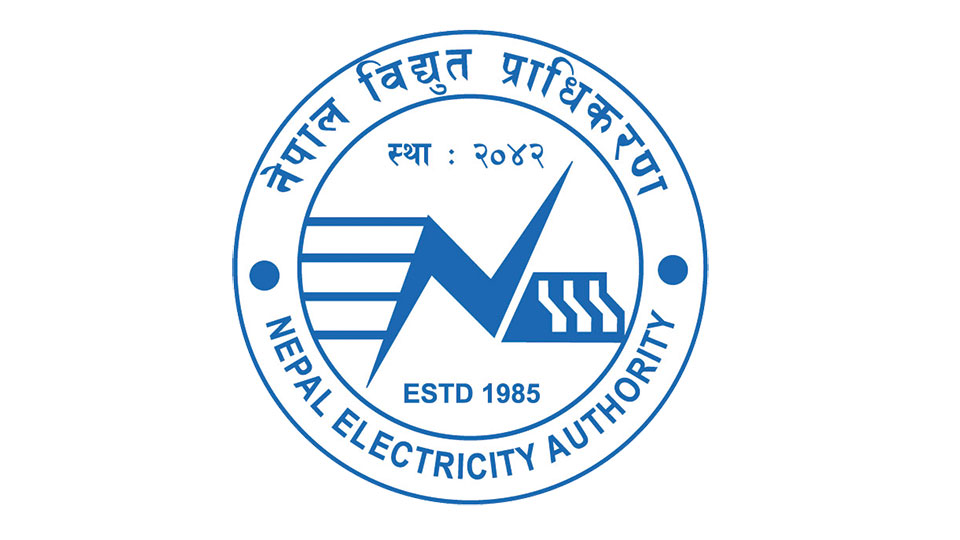
KATHMANDU, Feb 12: Nepal Electricity Authority (NEA), after a long hiatus, has again proposed seasonal tariff rates for power consumers.
According to the Electricity Regulatory Commission, a unit under the NEA, the utility has proposed variable tariff rates for industrial users who install smart meters that it is providing them soon.
NEA plans to install the smart meters after it has completed laying the power lines underground. It has started the underground work at a number of locations that come under the Maharajgunj and Ratna Park distribution centers.
Under the NEA proposal, tariffs will be based on flush and off seasons for power production and on time of day. The utility has divided consumption during the period mid-April to mid-December into three categories for billing purposes. Consumption between 5 pm and 11 pm is considered peak hours, between 11 pm to 5 am is off-peak hours and 5 am to 5 pm is ‘other.’
The industrial customers using 66 kV lines will be charged Rs 10.50 per unit, Rs 5.40 per unit and Rs 8.55 per unit during these three hour categories respectively.
Similarly, the period mid-December to mid-April has been termed dry season, and the peak hours are 5 pm to 11 pm while 11 pm to 5 pm will be categorized as ‘other.’ Users of the 66 kV line will pay per unit costs of Rs 10.50 and Rs 8.55 respectively for the two hour categories. Those using 132 kV power lines will have to pay still higher tariff rates compared to 66 kV.
Dilli Bahadur Singh, chairman of the regulatory commission, confirmed the proposal on variable tariff rates.
The NEA has long been trying to enforce variable tariff rates. However, the then Electricity Tariff Fixation Commission had always stood in the way.
According to NEA officials, the authority has proposed the new rates citing high costs during winter when power import from India surges to make up for low domestic production.
NEA has been charging household consumers on the basis of units of electricity consumed. It has classified household consumers into seven categories – those using 0-20 units, 21-30 units, 31-50 units, 51-150 units, 151-250 units, 251-400 units, and more than 400 units per month.
According to the draft tariff revision proposal, consumers using less than 10 units will have to pay only the minimum charge. Almost one million consumers use less than 10 units of electricity in a month, according to NEA.
Last November, the regulatory commission rejected the NEA’s new tariff proposal, citing the authority’s failure to abide by the directives of the regulators. The electricity rates have remained unchanged for over two years.
According to Singh, the commission has started studying the NRA proposal. “Soon after concluding the first phase of analysis, we will make the draft public and seek the consent of stakeholders before finalizing the new rates,” he said.
You May Like This
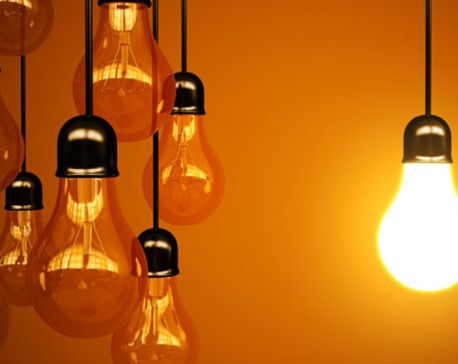
Reforming Electricity Tariff in Nepal
Nepal’s lifeline tariff should be restructured in a manner that affordable electricity service is extended to the economically-disadvantaged population and... Read More...
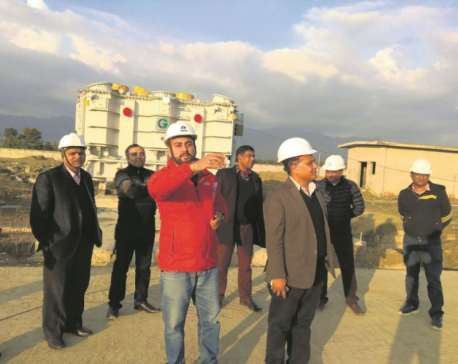
Construction of New Butwal and East Chitwan substations at final stage
KATHMANDU, Jan 7: The construction works of New Butwal substation at Sunwal of Nawalparasi (220/132 KV) and East Chitwan substation... Read More...

Attacks on Muslim leaders raise safety concern
ITAHARI, Nov 24: The police haven't been able to nab the killers of Mohammad Fida Hussain of Duhabi-9, Sonapur, even two... Read More...
Just In
- UAE secures spot in ACC Premier Cup final, defeating Nepal by six wickets
- NC to boycott Gandaki Province Assembly, submits letter to Speaker
- 850 grams of gold seized from Indian national at TIA
- Rupandehi District Court orders to release Dipesh Pun on a bail of Rs 400,000
- Teachers’ union challenges Education Minister Shrestha's policy on political affiliation
- Nepal sets target of 120 runs for UAE in ACC Premier Cup
- Discussion on resolution proposed by CPN-UML and Maoist Center begins in Koshi Provincial Assembly
- RBB invites applications for CEO, applications to be submitted within 21 days








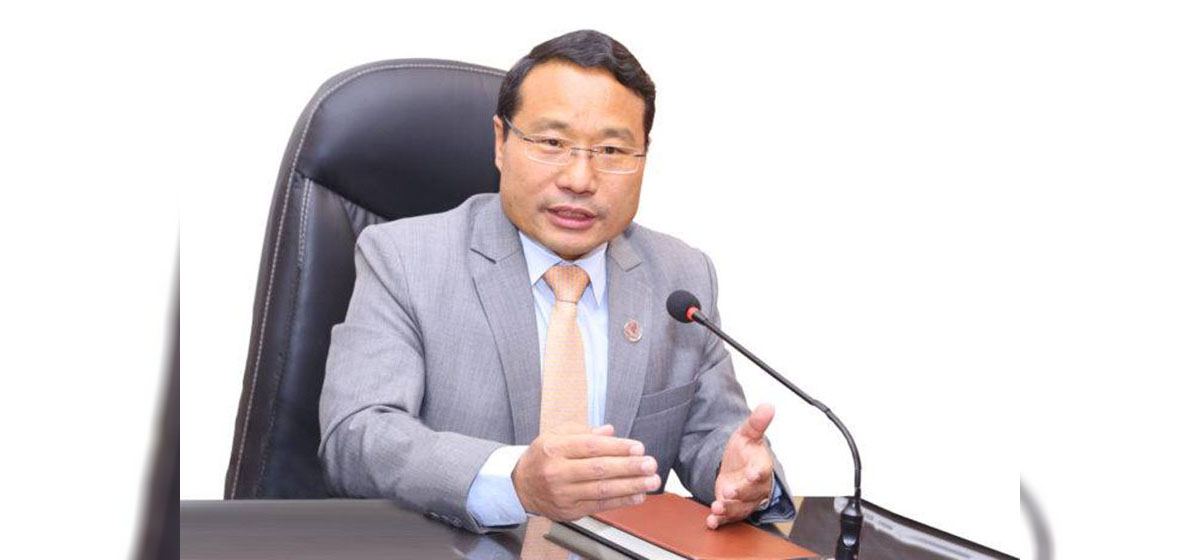



_20240311121839.jpg)



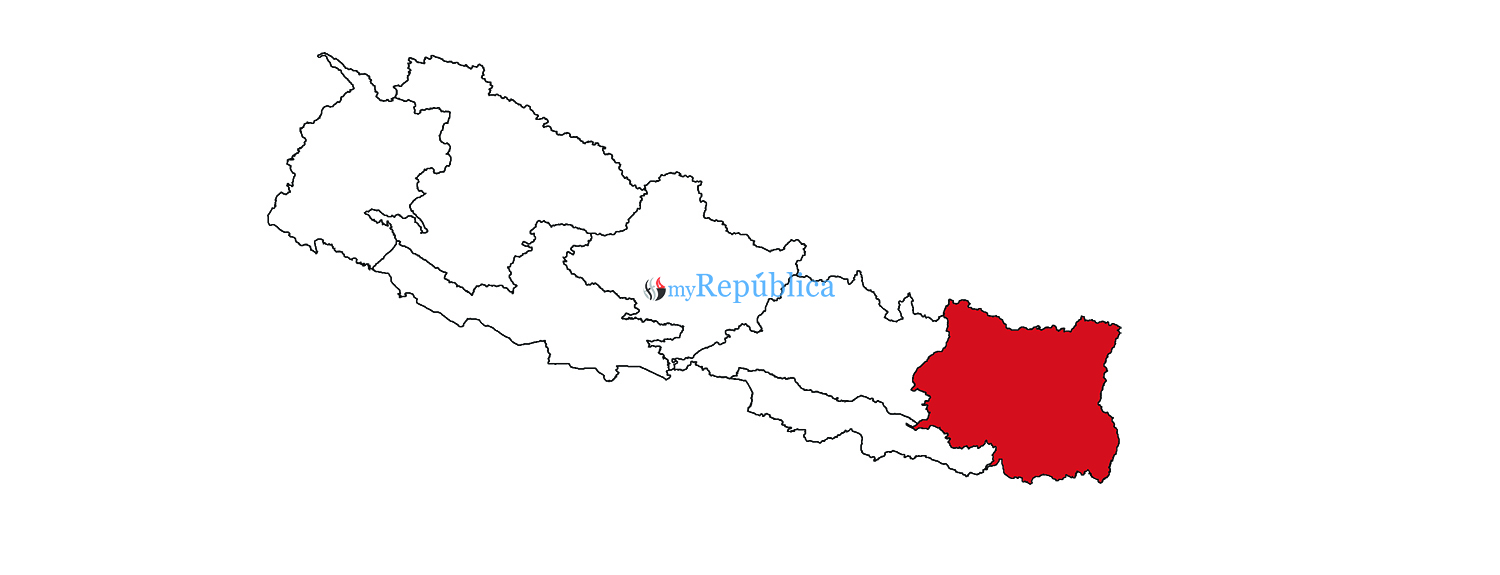
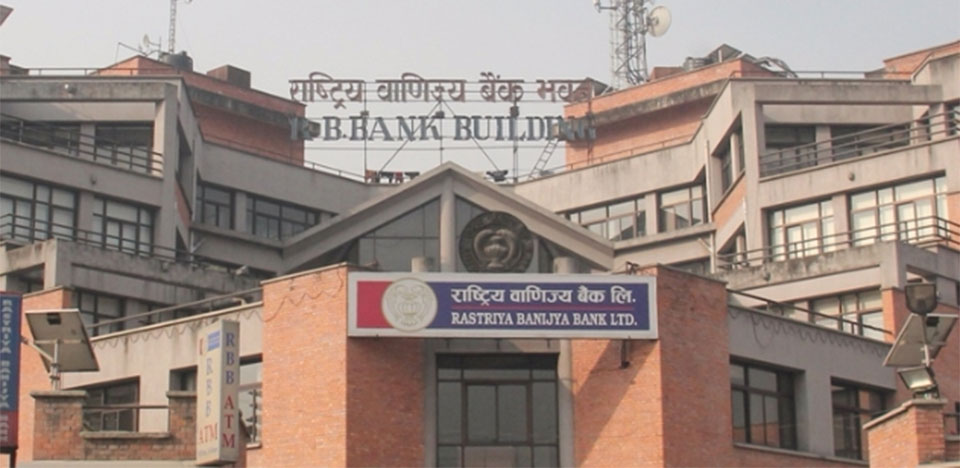
Leave A Comment